Appendix I: Chord Symbols
C hord symbols are the way that songwriters, arrangers, and players communicate written harmony to one another in the practical world of popular music. Any system of symbols is subject to interpretation by different people in different locations with different backgrounds, and chord symbols are no exception. Certain chord symbols are internationally understood, while others are local and quite prone to misinterpretation. Because of the constantly evolving nature of popular music and the fact that many if not most of the musicians performing it are not formally educated, it is unlikely that any one set of chord symbols will become and remain the acknowledged standard. The best approach is to be flexible, developing a consistent set of rules for naming chords that avoids vagueness and redundancy, while at the same time understanding the ambiguities of many traditional or regional names. Much of the communication between musicians, after all, depends much more upon the ear than the eye, so sometimes just playing the chord and reacting to the sound itself is more efficient and meaningful than debating the interpretation of a written symbol.
General Rules for Naming Chords
Taking into account the many ways in which chords may be symbolized, here are some general rules and recommendations worth noting.
- When no symbol follows the chord letter, a major triad is assumede.g., the symbol C by itself stands for a C major triad.
- The numbers 7, 9, or 13 alone next to the chord letter means that the chord is a dominant-quality chorde.g., C9 is C dominant ninth.
- The symbol ma, meaning major, is never used with a chord letter alone, as in Cma. It is always used together with 7, 9, or 13, as in Cma7, Cma9, or Cma13, and means that the chord includes a major seventh.
- The symbol for a minor triad is the letter name of the chord plus mi, as in Cmi. The same symbol is used together with numbers to indicate other minor-quality chords such as Cmi7, Cmi6/9, Cmi11, etc.
- If the seventh is present in a chord, added tones are numbered as extensions. For example, adding a sixth to a C7 chord results in C13. If the seventh is not present, the added tone is numbered as a simple interval, e.g., C6.
- Chords with extensions are symbolized by the highest extension present in the chord. For example, C13 indicates a dominant seventh chord quality with an added thirteenth. (The other extensions may or may not actually be voiced in the chord, depending on other factors.)
- The symbol + refers to the augmented fifth only, not an augmented ninth or eleventh. For example, the symbol C+9 means C dominant 9 augmented fifth, not C augmented ninth.
- All alterations are written in parentheses, such as Cmi7(
 5). When more than one alteration is present, they are shown one above the other, with the largest alteration on top, such as
5). When more than one alteration is present, they are shown one above the other, with the largest alteration on top, such as  ).
).  11 chords may contain a natural fifth degree, but
11 chords may contain a natural fifth degree, but  5 chords do not.
5 chords do not.- Eleventh chords may contain a third, but sus chords do not.
The following is a reference list of chord symbols based on the principles listed above. Also included are some common names that you should learn to recognize but that should generally be avoided due to their ambiguity. While it may never be possible to achieve total consistency in the world of chord symbols, a common-sense regard for clarity will go a long way.
TRIADS
| SYMBOL | NAME | AVOID |
|---|
| C | C major | Cma, Cmaj |
| Cmi | C minor | C-, Cmin, Cm |
| C+ | C augmented | C(#5), Caug, C+5 |
| C | C diminished | Cdim, C(no7) |
| Csus | C suspended fourth | C(addF), C(  3) 3) |
SEVENTH CHORDS
| SYMBOL | NAME | AVOID |
|---|
| Cma7 | C major seventh | C7, C, C7+, CM7 |
| Cmi7 | C minor seventh | C-7, Cm7, Cmin7 |
| C7 | C dominant seventh | C7, C(+7), C(  7) 7) |
| C+7 | C dominant seventh augmented fifth | Caug7, C7(  5) 5) |
| C7 | C diminished seventh | Cdim7, Cm6(  5) 5) |
Cmi7(  5) 5) | C minor seventh (flat five) | C, C-7(-5), C |
| Cmi(ma7) | C minor (major seventh) | Cmin, C-7 |
| C7sus | C seventh suspended fourth | C7 4 |
TRIADS WITH ADDED NOTES
| SYMBOL | NAME | AVOID |
|---|
| C6 | C major sixth | Cmaj6th, C(addA) |
| Cmi6 | C minor sixth | C-6, Cm+6 |
| C6/9 | C major six-nine | C6(add9), C13(no7) |
| Cmi6/9 | C minor six-nine | C-6(+9), Cm13(omit7) |
| C2 | C major add two | Cma(add2), C9(no7) |
| Cmi2 | C minor add two | C-(+9), Cm9(omit7) |

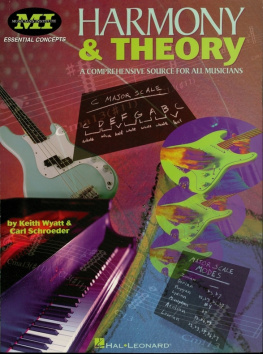
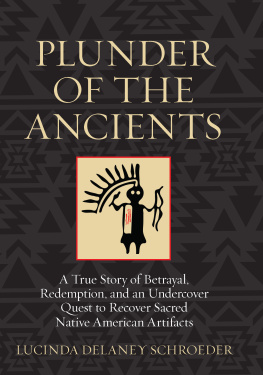





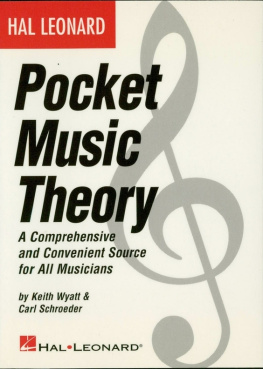
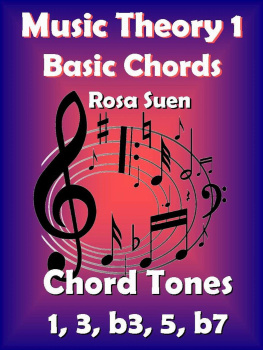
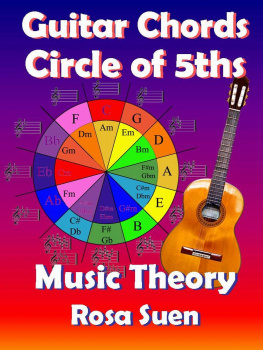
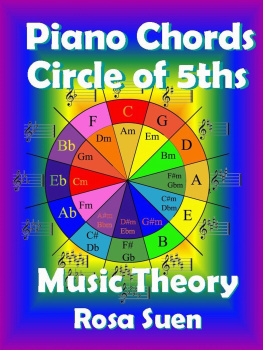
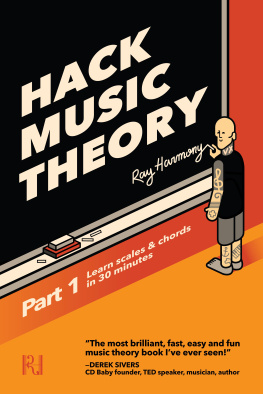
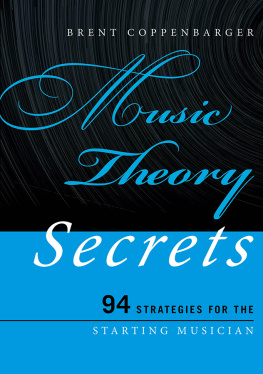

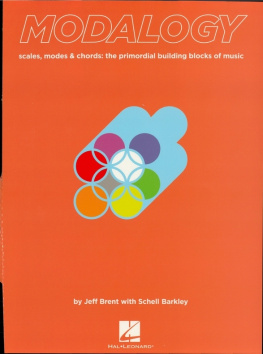
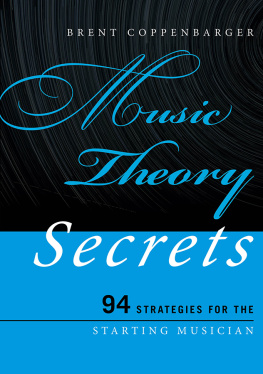


 5). When more than one alteration is present, they are shown one above the other, with the largest alteration on top, such as
5). When more than one alteration is present, they are shown one above the other, with the largest alteration on top, such as  ).
). 11 chords may contain a natural fifth degree, but
11 chords may contain a natural fifth degree, but 




